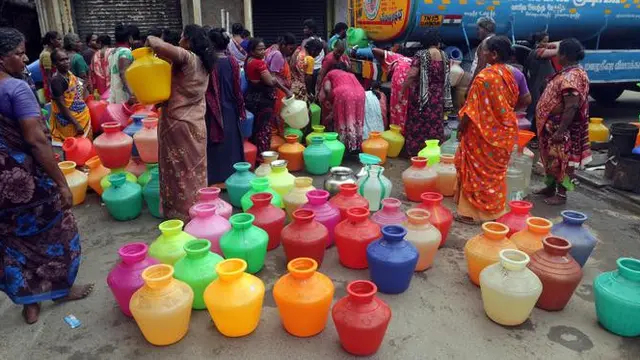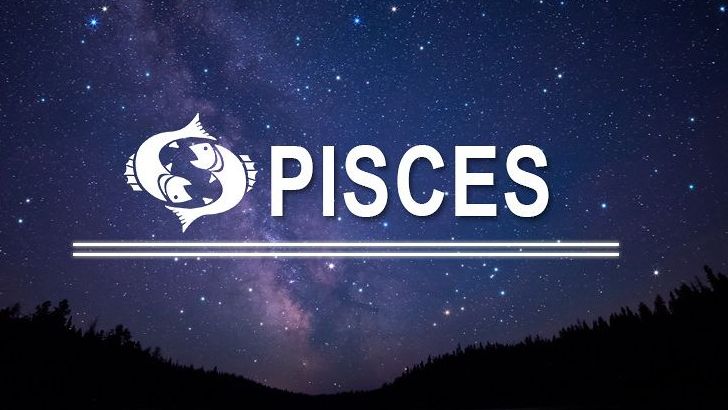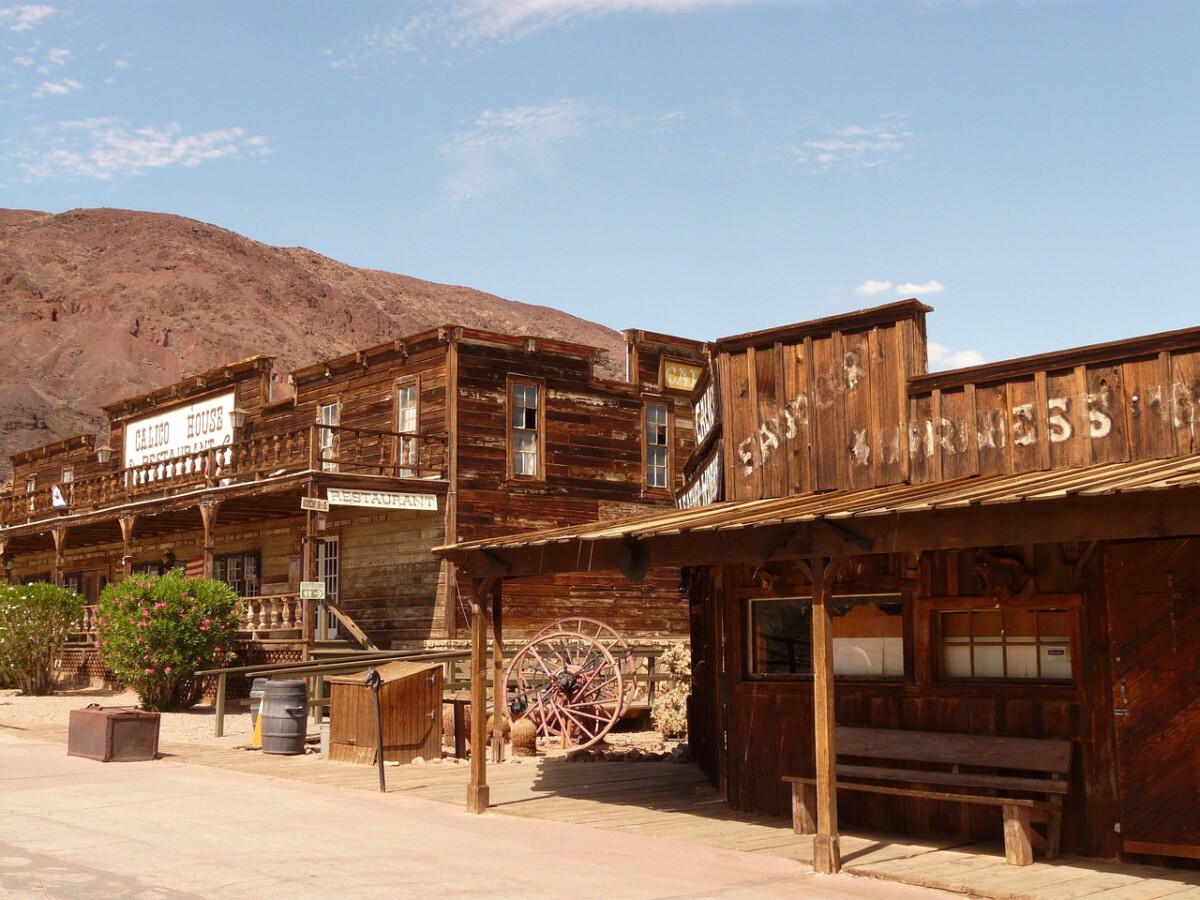India: Facing an Unprecedented Water Crisis

India is currently grappling with a water emergency that is both shocking and deeply concerning. Over 600 million people in the country are living under the shadow of high to extreme water stress, making daily life a constant struggle for survival. Major cities like Delhi, Chennai, and Bengaluru are teetering on the edge, with groundwater reserves expected to run dry for 21 major cities as early as 2025 according to India’s own NITI Aayog. Rapid urbanization and explosive population growth have only made the situation worse, stretching aging infrastructure beyond its limits. Agriculture, which uses up nearly 90% of India’s water, remains dangerously dependent on unpredictable monsoon rains, making the country extremely vulnerable to climate shifts. Government programs like the Jal Jeevan Mission aim to bring piped water to rural homes, but execution has been hampered by red tape and corruption scandals. Many rural families still walk kilometers daily to fetch water from dwindling and polluted sources. If urgent reforms are not put in place, the crisis could spiral out of control, affecting millions more in the years to come.
Yemen: Thirst Amidst Conflict

Yemen’s water crisis is nothing short of a humanitarian disaster, amplified by years of relentless conflict and political instability. Over 18 million Yemenis lack regular access to clean water, and many are forced to rely on contaminated sources that put them at severe risk of disease. UNICEF has reported that 1.8 million children are now at risk of acute malnutrition, partly because of unsafe water and poor sanitation. Groundwater, the main source of water for most communities, is being pumped out far faster than it can be replenished, causing wells to run dry across entire regions. Traditional water-saving methods like rainwater harvesting have fallen by the wayside due to bombed infrastructure and lack of investment. As the crisis deepens, international aid agencies struggle to keep up with the growing needs, and outbreaks of waterborne illnesses like cholera have surged. The hope for improvement rests on peace and the rebuilding of basic water infrastructure, but for now, daily life in Yemen means a constant battle against thirst and disease.
South Africa: Battling Drought and Decay

South Africa’s relationship with water is defined by extremes—fierce droughts, aging infrastructure, and stark inequalities in access. In recent years, cities such as Cape Town have skirted dangerously close to “Day Zero,” the point at which municipal water taps would run dry. In 2023, the government declared a national disaster due to persistent drought and water shortages, with rainfall at record lows for several seasons running. Official data from the Department of Water and Sanitation shows that 40% of the country’s water is lost through leaking pipes and inefficient systems. The agricultural sector, a vital part of South Africa’s economy, has been particularly hard hit, with farmers facing crop failures and rising food prices. While investments in desalination and conservation campaigns have begun, progress is slow and often hampered by economic hardships and political infighting. Many rural communities still rely on unreliable water trucks and contaminated rivers. The country’s future water security depends on urgent repairs to infrastructure and a shift towards smarter, more sustainable water use.
Singapore: Turning Scarcity Into Opportunity

Singapore is a striking example of how determination and innovation can transform a country’s water fortunes. With no natural water sources of its own, Singapore has had to think creatively, developing a sophisticated system that includes rainwater harvesting, desalination, and advanced wastewater recycling. The government’s flagship NEWater program treats and reclaims used water, now providing up to 40% of Singapore’s total water demand. Public Utilities Board statistics show a water self-sufficiency rate of 55%—a remarkable achievement for such a densely populated city-state. Green infrastructure, such as permeable pavements and rooftop gardens, also helps reduce runoff and improve urban resilience. Education campaigns have helped foster a “water-wise” culture among citizens, encouraging everyone to play a part in conservation. As a result, Singapore has not only secured its own water future but also become a global center for water research and technology. Other water-scarce countries frequently turn to Singapore for guidance on sustainable solutions.
Israel: Desalination Pioneer

Israel has transformed itself from a water-poor nation to a global leader in water security through relentless innovation. The country now produces more than 70% of its drinking water from seawater using advanced desalination technology, according to the Israeli Water Authority. Multiple large-scale desalination plants line the Mediterranean coast, providing a steady and reliable water supply even during severe droughts. Israel also leads the world in efficient irrigation, with drip irrigation systems reducing agricultural water use by up to 50% compared to traditional methods. Strict government policies and public awareness campaigns have reduced household water consumption, making the Israeli public some of the most water-conscious in the world. The combination of cutting-edge technology, careful regulation, and a culture of conservation has made Israel nearly drought-proof. This remarkable turnaround has inspired countries around the globe to adopt Israeli water technologies and strategies.
Netherlands: Mastery Over Water

The Netherlands is famous for its centuries-old struggle against water, and today it stands as a beacon of modern water management. The country’s sophisticated system of dikes, levees, and storm surge barriers has protected it from flooding even as climate change brings more extreme weather. The Ministry of Infrastructure and Water Management reports that flood risks have been significantly reduced, while water quality and urban drainage have improved. Dutch engineers have pioneered urban solutions like “water squares” that double as playgrounds and flood basins, and green roofs that absorb stormwater. Government investment in research and innovation has fueled the development of smart technologies for water monitoring and control. Public participation and education campaigns ensure that citizens remain vigilant and involved in water conservation. The Dutch approach demonstrates how proactive planning and community engagement can create lasting water security in the face of constant threats.
Australia: Resilience Through Conservation

Australia has faced some of the world’s harshest droughts, but it has responded with bold and effective water conservation policies. Decades of water shortages and bushfires forced the government to overhaul how water is managed, especially in cities and on farms. The Australian Bureau of Statistics notes a 30% reduction in national water use over the last decade, thanks in part to recycling initiatives and efficient irrigation systems. Major cities like Melbourne and Sydney have invested in stormwater harvesting and desalination plants to diversify their water sources. Public education campaigns, such as “Target 155” in Melbourne, have successfully changed attitudes and behaviours around water use. Farmers have adopted technologies like moisture sensors and precision irrigation to stretch every drop. Australia’s experience highlights the power of adaptation and collaboration between government, industry, and citizens in building water resilience.
Finland: Protecting Nature’s Bounty

Finland is known for its pristine lakes and rivers, but its success in water management is no accident. Strict environmental regulations and a strong culture of stewardship have ensured that over 90% of Finns have access to safe, clean drinking water, according to the Finnish Environment Institute. The government invests heavily in protecting watersheds and controlling pollution from industry and agriculture. Citizen involvement is encouraged through public consultations and water user groups, making water management a truly collective effort. Finland also leverages technology, with smart water meters and real-time monitoring systems helping to detect leaks and optimize usage. By placing a high value on natural ecosystems, Finland has maintained some of the cleanest water in the world. Its holistic, science-based approach offers valuable lessons for countries seeking to balance development with environmental protection.
Canada: Stewardship of Vast Freshwater Resources

Canada sits atop roughly 20% of the world’s freshwater supply, but it has not taken this abundance for granted. Government policies focus on protecting watersheds, preventing pollution, and ensuring access for all Canadians. Environment and Climate Change Canada reports that more than 90% of citizens have access to safe drinking water, though challenges remain in some Indigenous communities. Collaborative management practices involve partnerships between federal, provincial, and Indigenous organizations to protect rivers and lakes. Canada has also invested in scientific research to monitor water quality and address threats like microplastics and industrial runoff. Educational programs encourage water conservation and environmental responsibility from a young age. By combining regulation, innovation, and inclusive governance, Canada has set a high standard for sustainable water management.





